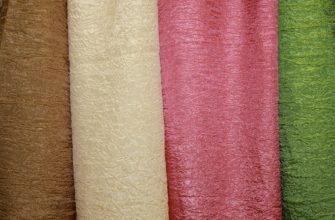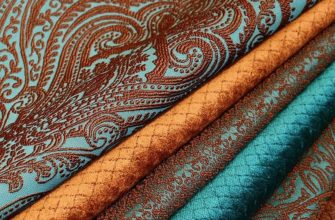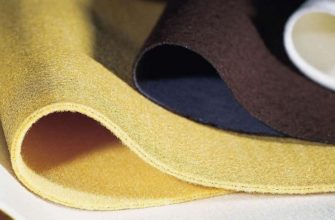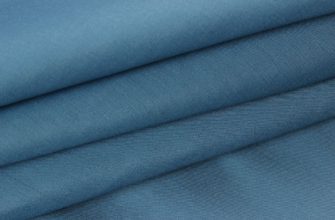Blended fabric - what is it? This is a material in the production of which several types of raw materials are used - natural, artificial or synthetic. This allows you to get a good quality fabric with the advantages of all components. For example, what is blended wool? It is wool with cotton or nylon.
- Blended fabric manufacturing technology and what it is
- Varieties: composition, properties and characteristics
- Satori
- Oxford
- Duspo
- TC
- Taffeta
- Alova
- Memori
- Taslan
- Bonding
- Barbie
- Kulirka with lycra
- Greta fabric
- Teredo
- Sisu
- Polycotton
- Orton
- Application areas
- Rules for the care of blended fabrics
- Advantages and disadvantages
Blended fabric manufacturing technology and what it is
Mixed fabrics are materials made from different types of raw materials. They are also called "mixed fabrics". Most often, we are talking about a mixture of natural and synthetic yarn, but there are also natural with natural, natural with artificial, artificial with synthetic and a mixture of synthetics.
Important! It is not difficult to find such fabric: any material that contains several components is a blend.
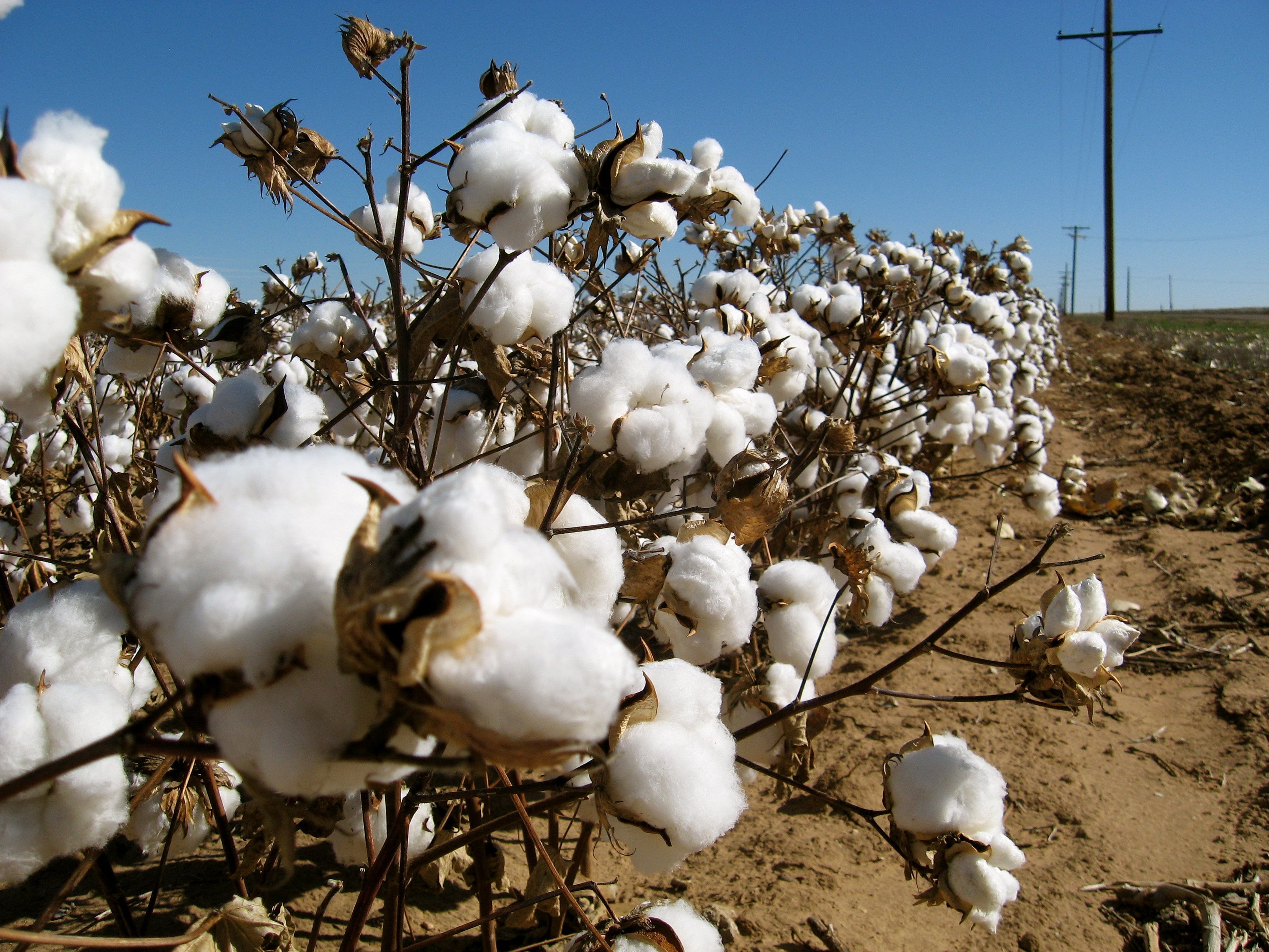
Mixed fabrics allow you to take the best from different types of raw materials. Examples:
- Natural raw materials are added to synthetic ones to make the material more breathable, air-permeable and pleasant.
- Natural fabric mixed with synthetics is more durable and long-lasting, brightly colored and cheap, i.e. accessible. This includes mixed silk and mixed wool.
- Linen and cotton are easily wrinkled materials (linen is also hard), when adding synthetics, things will be softer and will no longer wrinkle easily. If you mix linen or cotton with elastane, you will get a stretchy fabric that can be gathered into beautiful folds.
- Wool does not hold its shape well, which can be solved by using cotton. Adding nylon to wool will make it stronger and brighter.
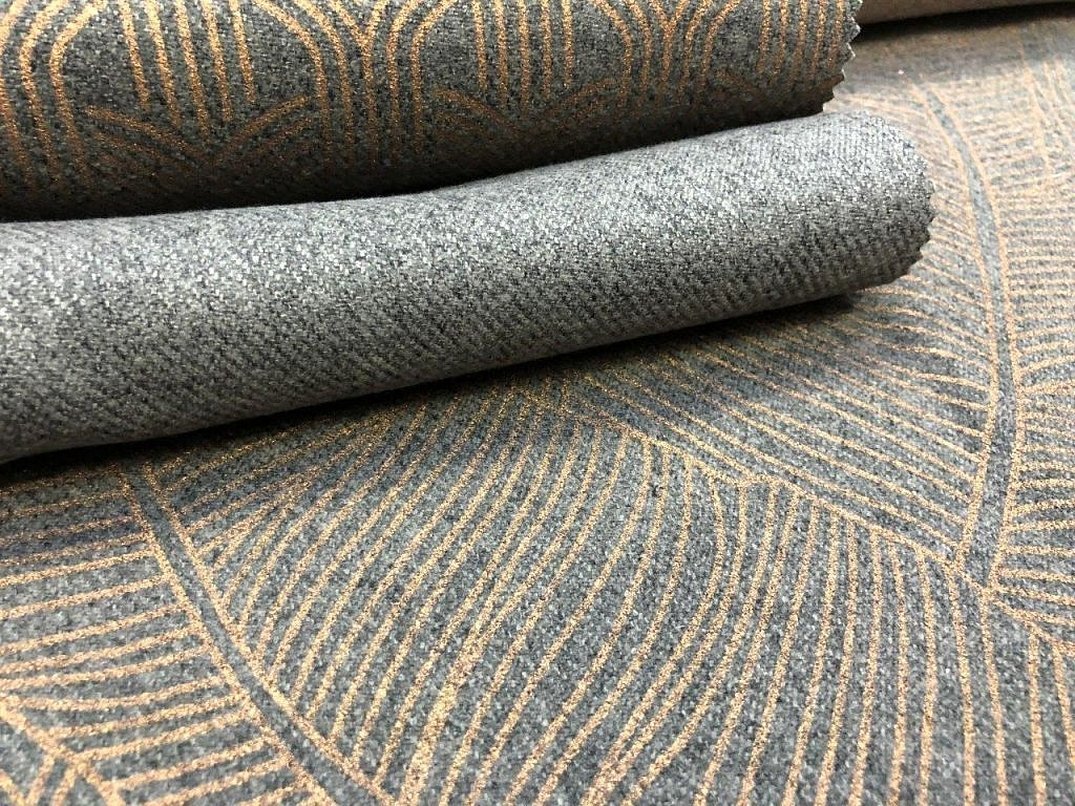
Varieties: composition, properties and characteristics
According to composition, mixed fabric can be:
- A mixture of several types of natural raw materials.
- A mixture of synthetic raw materials.
- Predominantly natural (less than half are artificial or synthetic fibers).
- Predominantly synthetic (more than half of the composition is synthetic).
Each species has different properties.
Satori
It consists of cotton and polyester threads in equal proportions. The fabric is quite unusual: its inner side is natural, the outer side is synthetic: due to this, the material has good protective properties and fits nicely to the body. It is used for sewing medical clothing.
Oxford
High-strength fabric made of nylon and polyester, has increased wear resistance and water-repellent properties, is not afraid of friction, sun and chemicals. "Oxford" is used to make tourist and special clothing, tents, backpacks, inflatable boats.
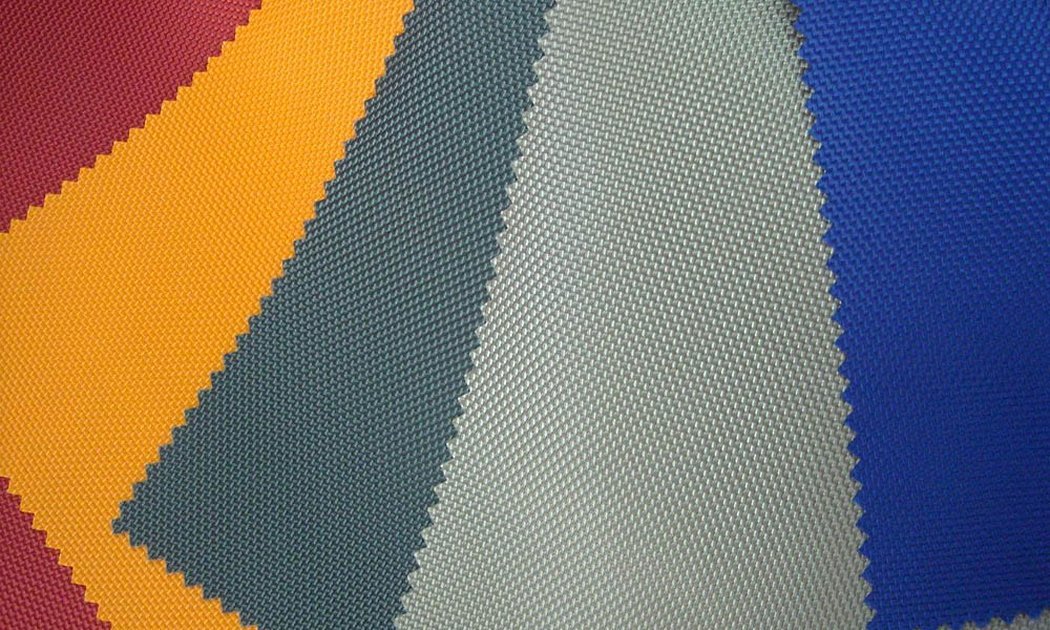
Duspo
Jacket fabric made of polyester with impregnation against moisture and dust. There are several types that differ from each other in external features (they can have a relief structure, a slight shine or a pearlescent sheen) and characteristics. It is used for outerwear and sportswear.
TC
The material is made of cotton and polyester in a ratio of 67% to 33%. High-quality and durable fabric is used for sewing work clothes and uniforms, some corporate suits.
Taffeta
Material made of nylon and polyester. Due to the special weaving of threads, the surface shines and shimmers, has a chameleon effect. Often used in the production of bright clothes for children and women.
Alova
This is a soft, comfortable polyester knitwear with a water-repellent membrane coating. It is used only for sewing camouflage items for hiking in the forest or mountains, for outdoor activities.
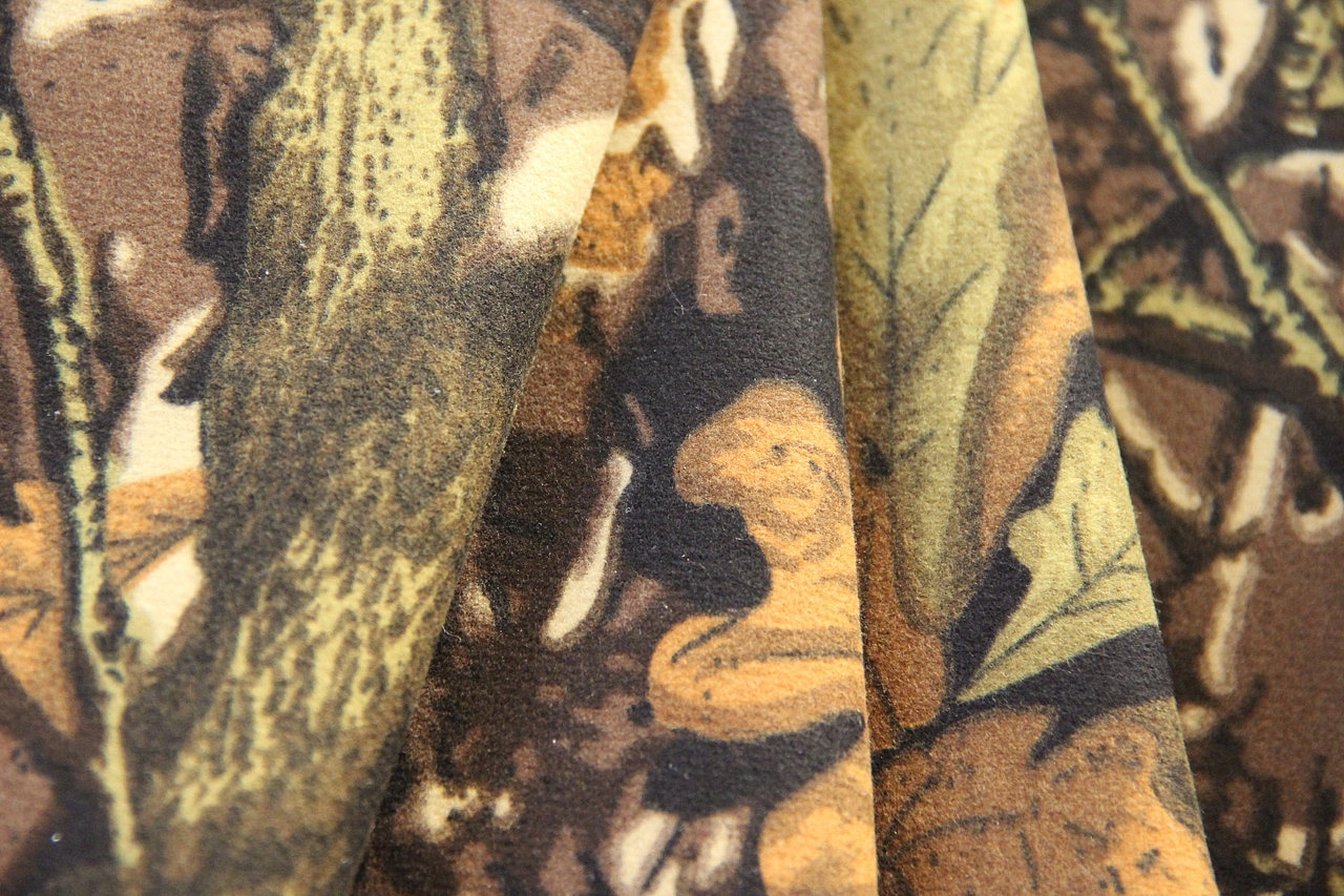
Memori
It consists of synthetics, in some cases natural raw materials can be added, but not more than 30%. The main feature of the material is the "memory" effect: the item retains its shape until it is ironed. It is used for the production of outerwear.
Taslan
The material consists of polyamide with a rapeseed weave, which is impregnated with a water-repellent layer and additionally reinforced with threads and fishing line. It is used to sew outerwear and sportswear, curtains, and furniture covers.
Bonding
It is made of polyester with a knitted backing base. It is used in the production of outerwear and headwear.
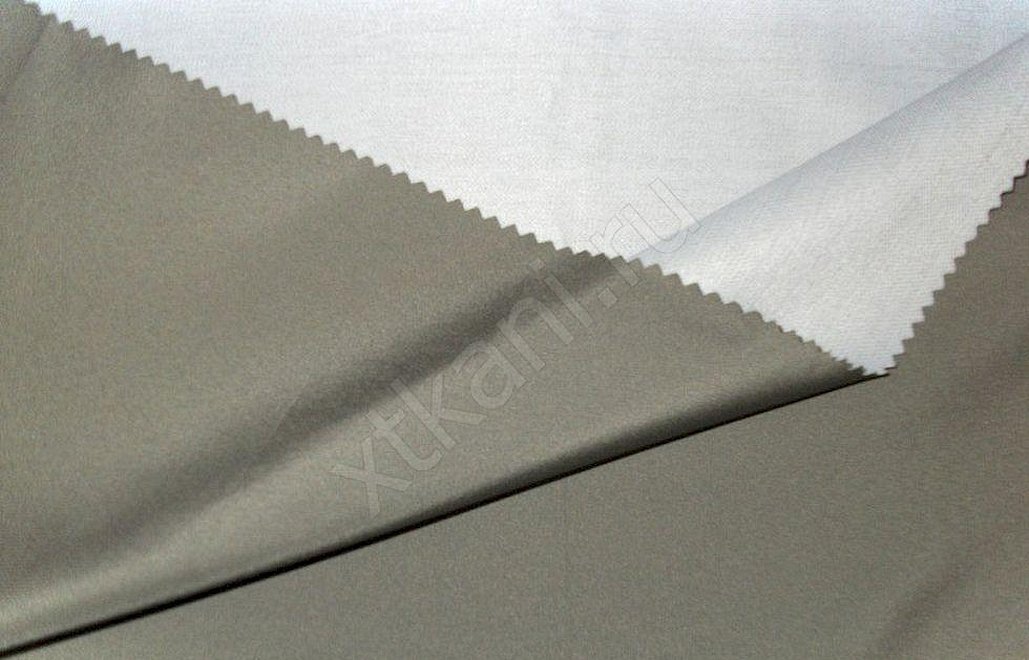
Barbie
The composition includes viscose, estan and polyester. This is a dense "suit" with a matte smooth surface. It has excellent hygienic properties, stretches well. It is used to make dresses, skirts, trousers.
Kulirka with lycra
This is a 100% cotton fabric with a "stocking" weave, thanks to which the item can stretch in width. Sometimes elastane is added to it for greater elasticity. Everyday items are sewn from it.
Important! The fabric does not stretch lengthwise.
Greta fabric
A dense material made of cotton (55%) and polyester (45%). It has a slight glossy sheen and is breathable. It is used for sewing headwear and work clothes.
Teredo
A blend of cotton and polyester (33% to 67%). It tolerates high-temperature processing and bleaching well and is used to produce lightweight clothing for medical workers, chefs, and beauty salon employees.
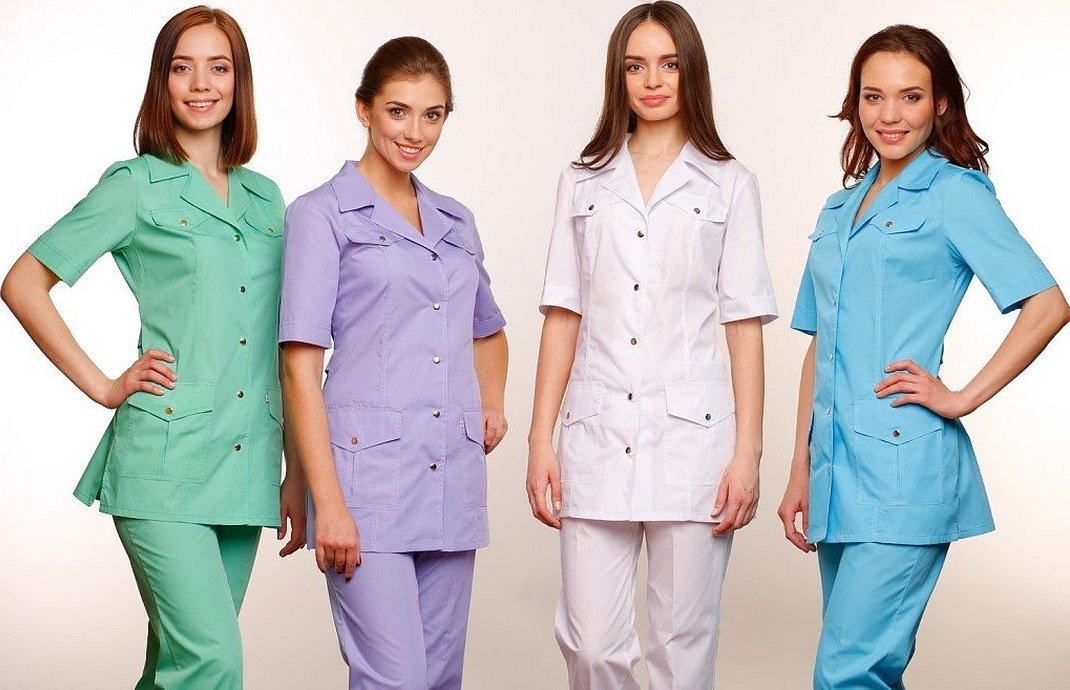
Sisu
It consists of cotton (23%) and polyester (77%), impregnated with a blood-repellent substance. It is intended for the manufacture of clothing for medical workers.
Polycotton
It consists of cotton and polyester in proportions of 65% to 35% or 50% to 50%. It is used to make bed linen and home clothes.
Orton
A moisture-resistant and waterproof fabric with an outer synthetic layer and an inner natural layer. It is used to produce protective workwear.
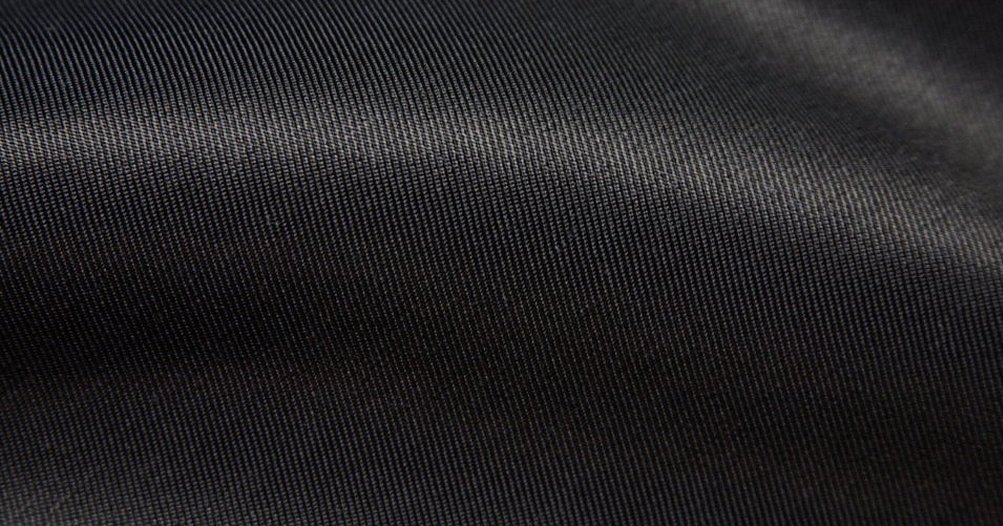
Application areas
All mixed ones are universal. Depending on the specific composition and type, they are used for the production of:
- Many types of clothing (dressy, casual, outerwear, children's, etc.);
- Uniforms of various types (from school to military or medical);
- Headwear;
- Bags;
- Some types of shoes;
- Bed linen and other home textiles (blankets, curtains, tablecloths, pillowcases);
- Umbrellas, awnings, tents.
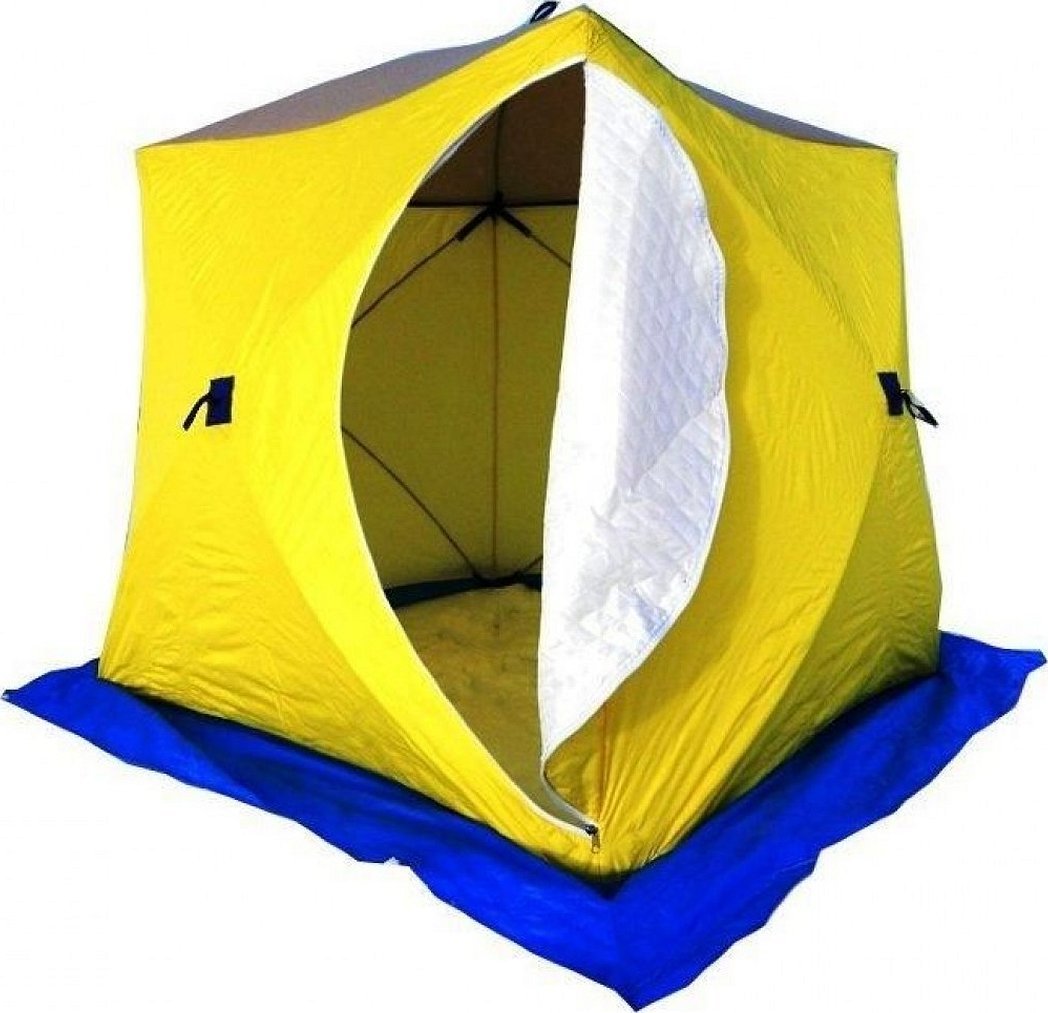
Important! Some materials are specially impregnated with water- and dirt-repellent agents to improve their performance properties. Such fabrics are used in sewing waterproof outerwear, awnings and umbrellas.
Rules for the care of blended fabrics
The main difficulty lies in the heterogeneous composition: if one of the components is afraid of high temperatures, then the entire fabric will have to be washed in cold water or in a gentle mode. If the label is missing or does not inspire confidence, it is worth choosing care at random: the first time wash the clothes in a delicate mode, try ironing an inconspicuous corner at a low temperature.
Before using a cleaning product, you should read the label of the item and make sure that the product will not harm it.
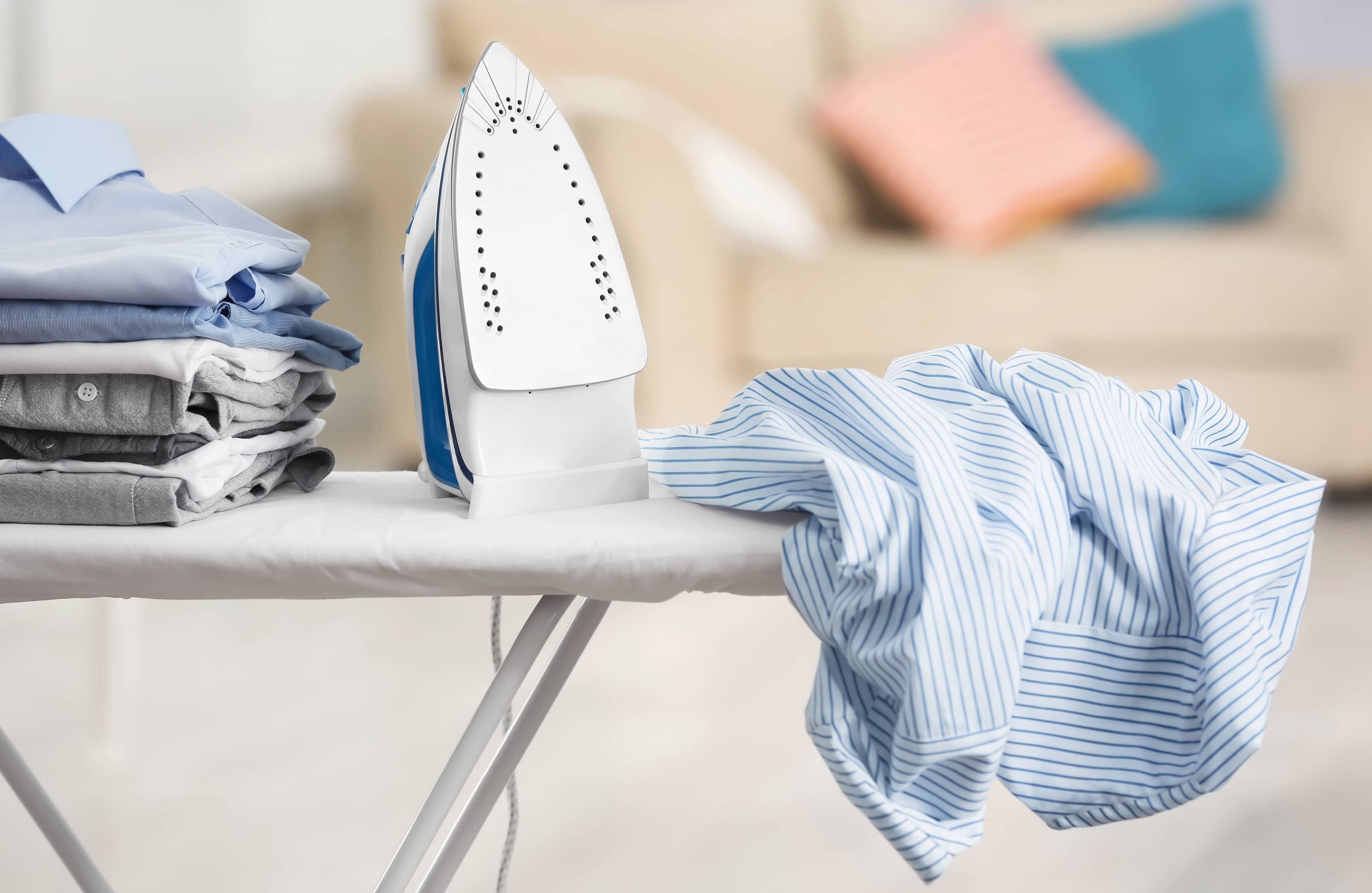
Advantages and disadvantages
The main advantage of mixed materials is their versatility and availability. Depending on the composition, the fabric can be used to sew a variety of things.
Other benefits include:
- High wear resistance;
- Good protection from dirt, dust, bad weather (rain, wind);
- Elasticity;
- Good air permeability;
- Low shrinkage percentage, the material is almost not deformed;
- The fabric is pleasant to the touch, soft;
- Bright and saturated colors that do not fade or shed;
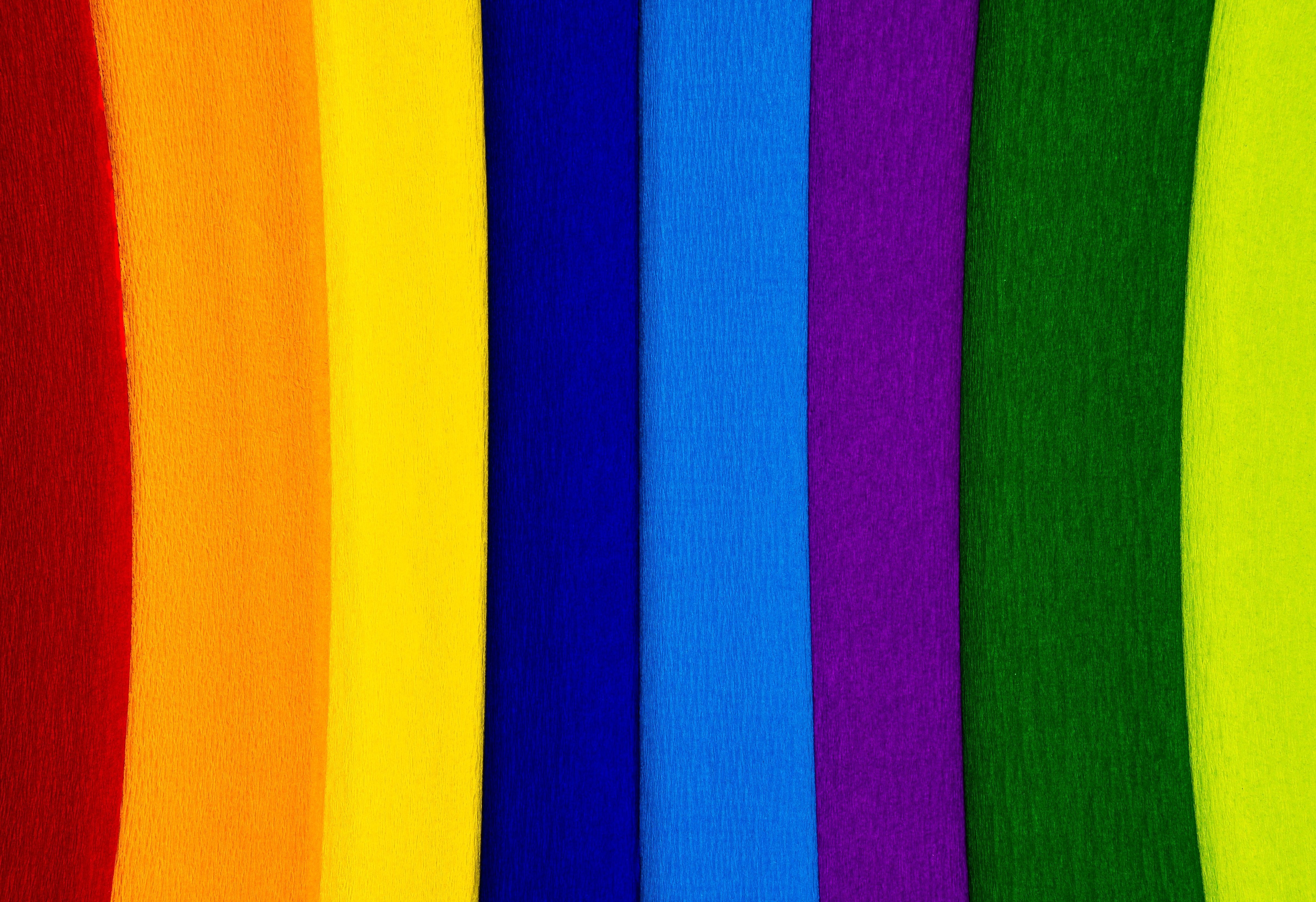
- Easy care;
- Low price.
Disadvantages are mainly noted in fabrics with a predominance of synthetics: they are less "breathable", can become very electrified and cause allergies. Materials with a predominance of natural components, for example, wool, are often afraid of the sun, ironing and too strong cleaning agents.
There are many different types of mixed materials, differing in composition and percentage ratio of components. They are used to sew a variety of things - from everyday clothes to tents and rubber boats.

